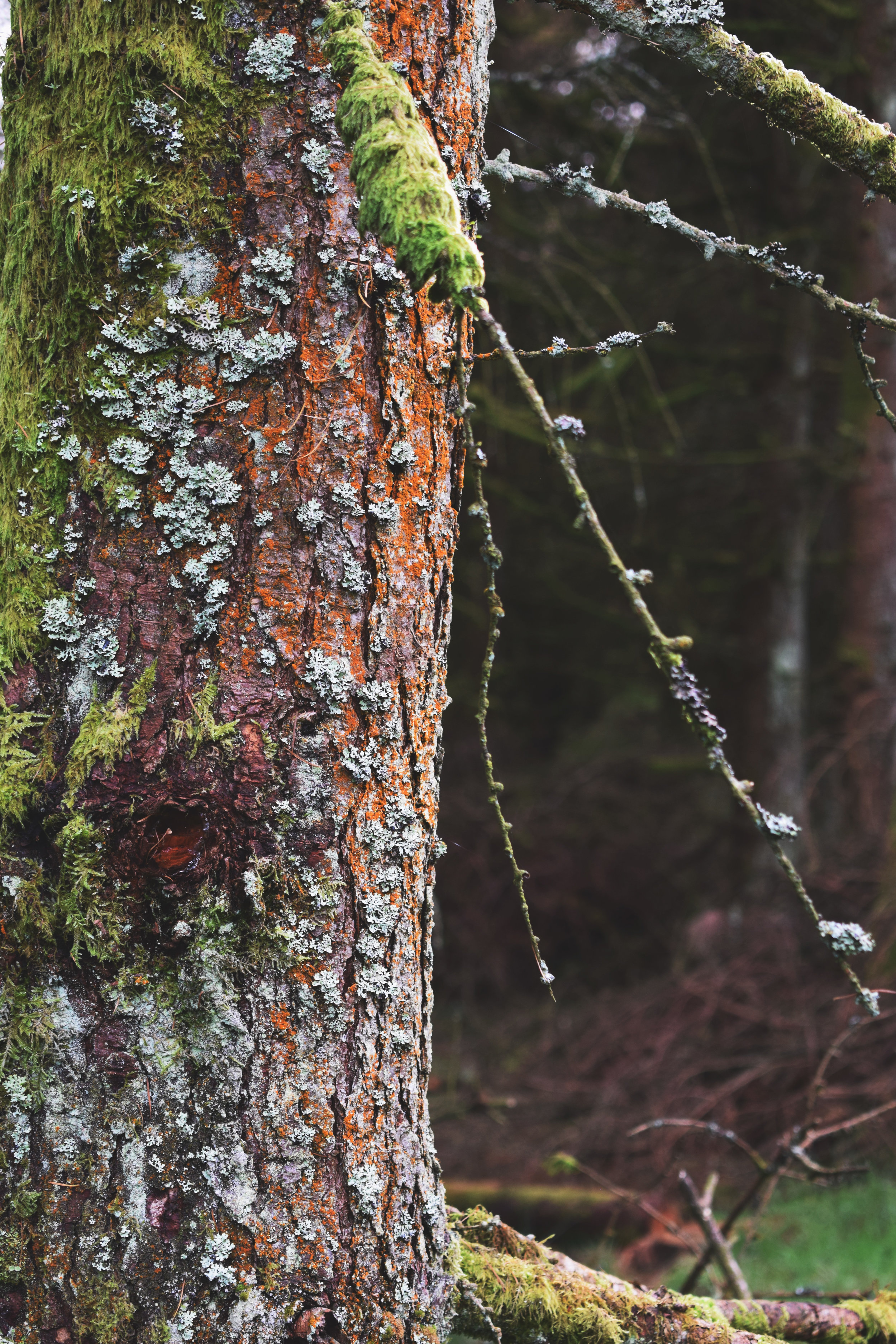Last week I took myself off for a solitary walk. This is something I often do when I’m feeling overwhelmed or, in this particular case, a bit flat. I suspect it’s got a lot to do with our Hebridean climate: relentless rain and brooding grey skies which seem to hang around for weeks on end, oppressive and almost smothering. The mountains disappear into the thick mists leaving you enveloped in a confining, murky little world. So naturally I seized the first opportunity to escape that came along (child in school: tick; essential jobs done: tick; a break in the weather: tick) and went down past the grounds of an old country estate, along a track overlooking the cliffs and the Cuillin hills, past pine forests and down to the shore.
Yes, the views were spectacular. A boat bobbing about in the blue water and the equally blue skies dotted with fast-moving little clouds, those mountains once again in full view and sunlit. The trail continued past a little white crofter’s cottage, over a rushing burn and then curled steeply upwards into the densely-packed firs.
But I’ve always been interested in the details. I’m passionate about all things botanical and now, when summer feels long gone, there’s so much still to see
The bracken is blanketing the hillsides and banks down to the sea, but their bright emerald has given way to soft copper. The fronds are dry and brittle, frozen into delicate curlicues. Thistles have dried out and gone to seed. The heather is fading, the tough stems beneath bleached to silver and the violet flowers turning sepia.
Patches of gorse are reduced to masses of brown thorns. They look as though they’d be more at home in an arid landscape than this richly green island. And the umbellifers have been transformed into simple, stark structures; they could almost be fashioned from metal. Grasses are blanched too and their calico colours glow in the low autumn sun.
All this denuding allows us to really study and appreciate the forms of our familiar wayside plants. Little vessels of seeds, skeletal stems. For an artist like me, it’s a lesson in simplicity (something I’m constantly trying to achieve). Pared-back and unadorned, we can really understand what makes each species different from the next. Yes, in the warmer seasons they have their flowers and leaves. But when everything is suddenly reduced to a muted palette of pewter, sepia and rust we have to look more closely and notice the subtleties and beauty that lies beneath.
I love the verdancy of May and June, the richness of July and August. But it’s now when the armfuls of teasels, the rattling foxglove stems full of seeds come home with me to live in the workroom. Pots of them, each one asking to be sketched quickly and simply without fuss or detail. Even out in the garden there are plants which, for me, are more appealing once their time has passed. Sunflowers are at their most beautiful when their petals turn to saffron-coloured tissue paper and their seeds are on display. Lilies and poppies too, and alliums transformed into delicate wiry globes studded with tiny black seeds.
Don’t lament the lack of colour. Nature has so much magic and ingenuity to be found now that all is revealed…
















































